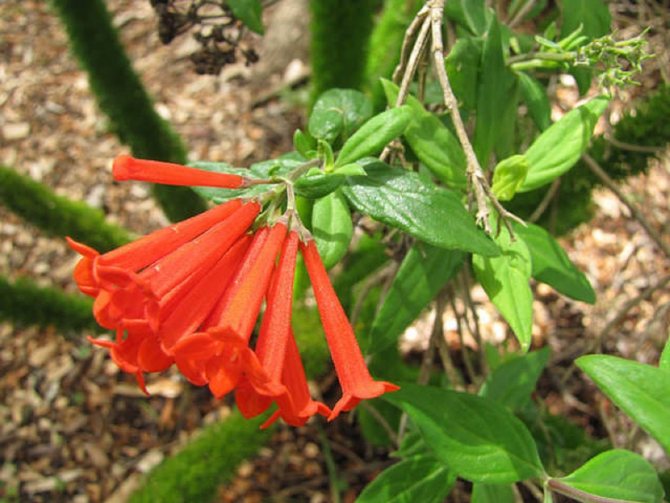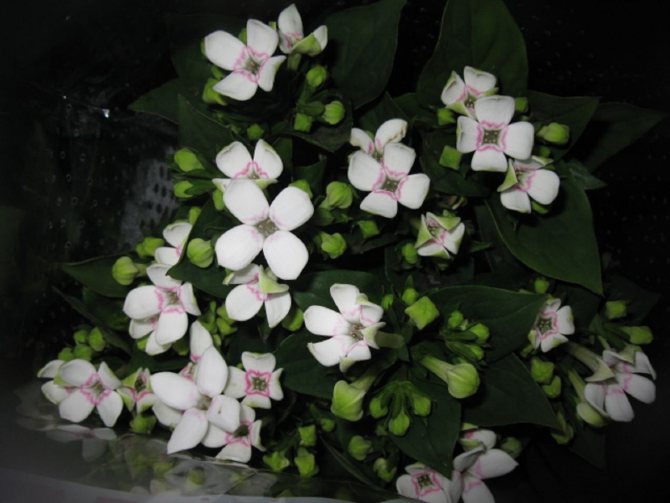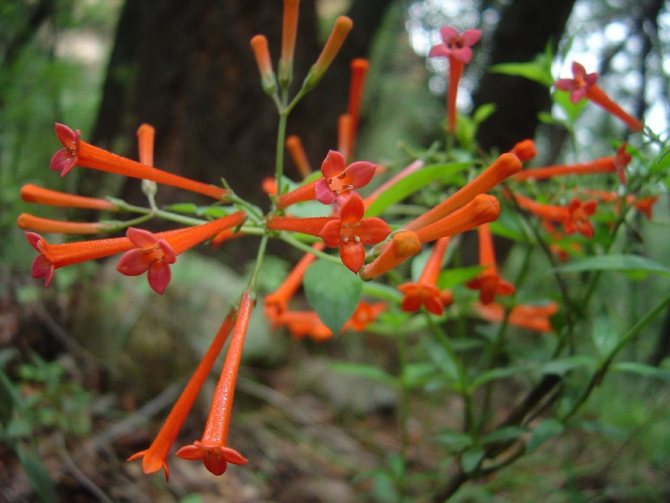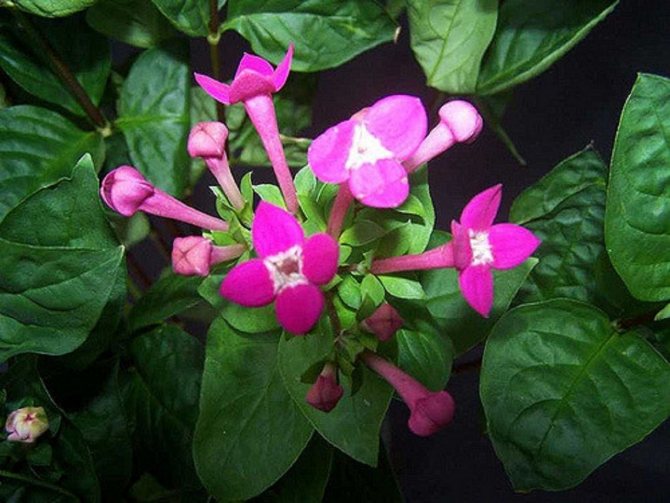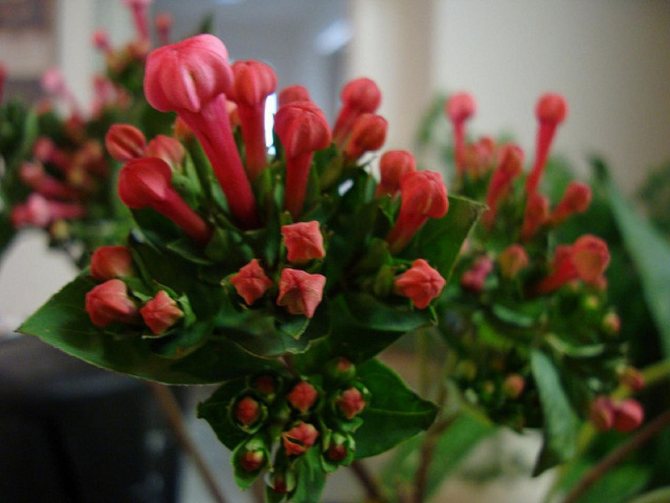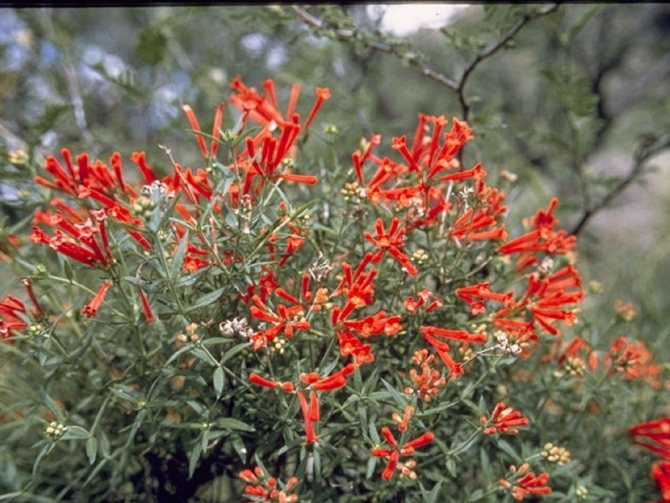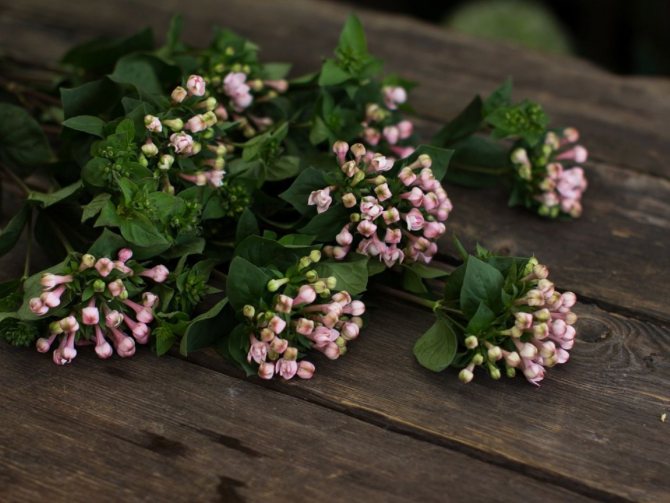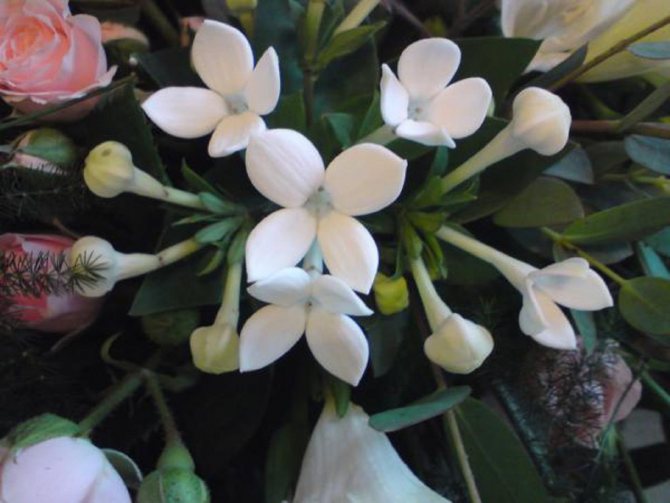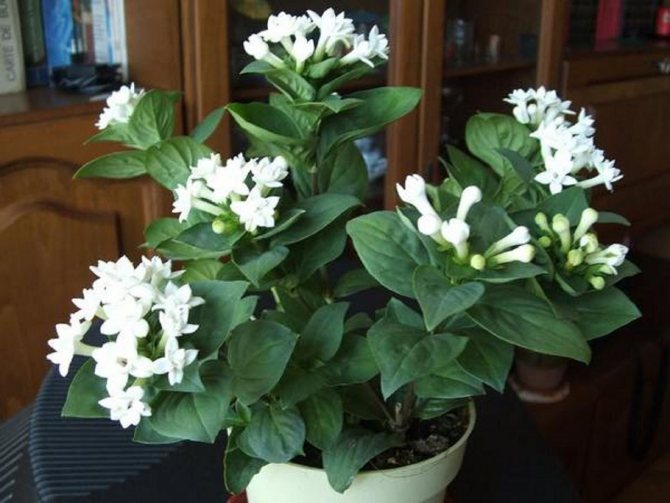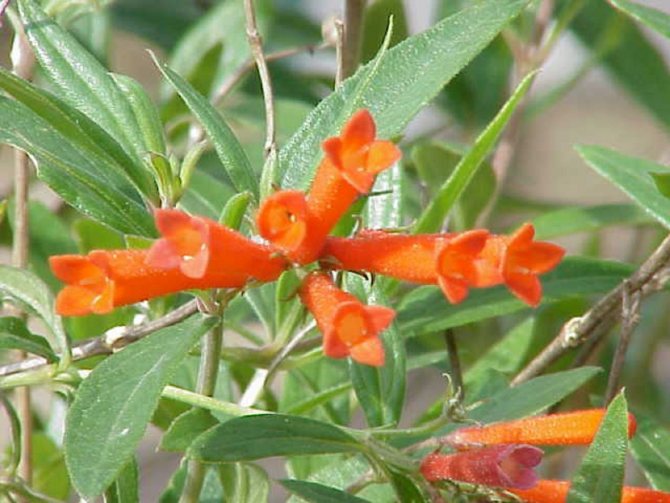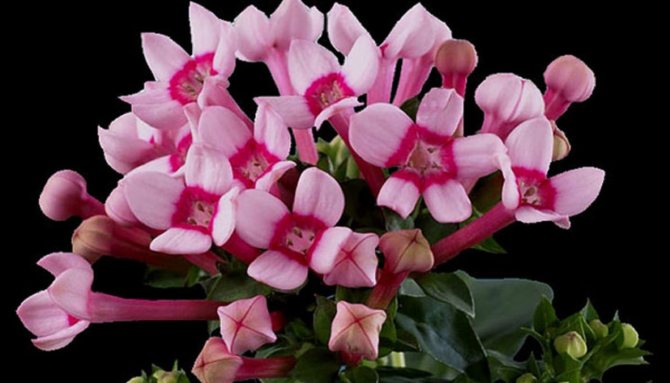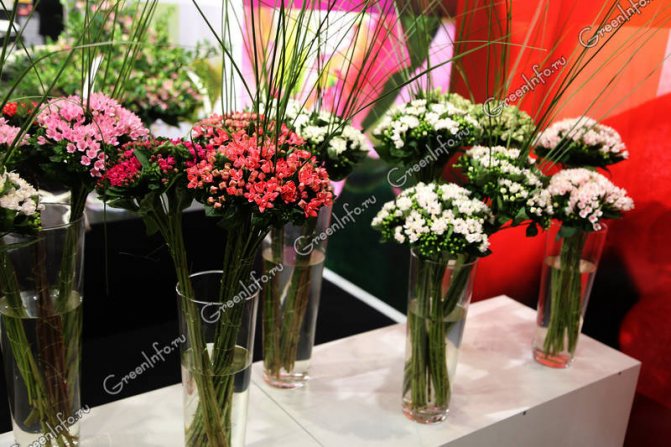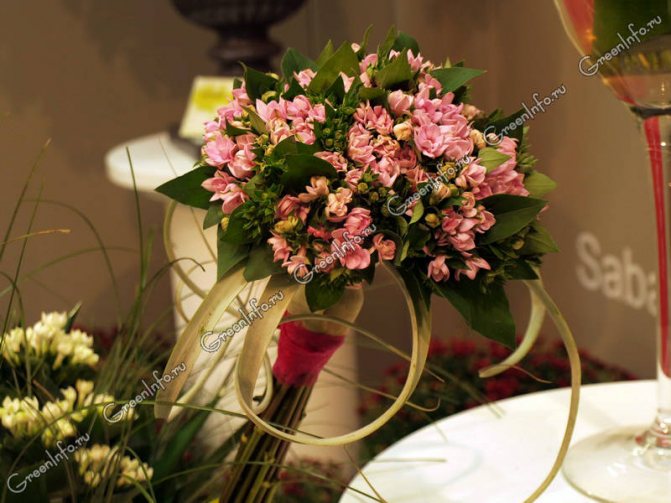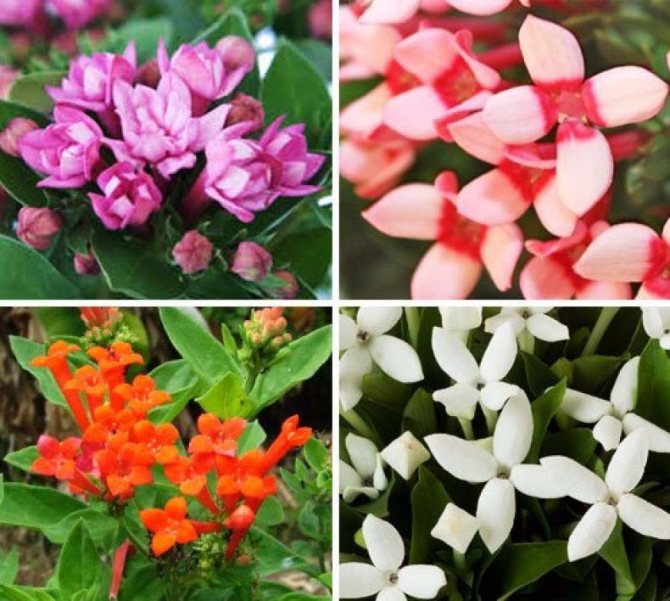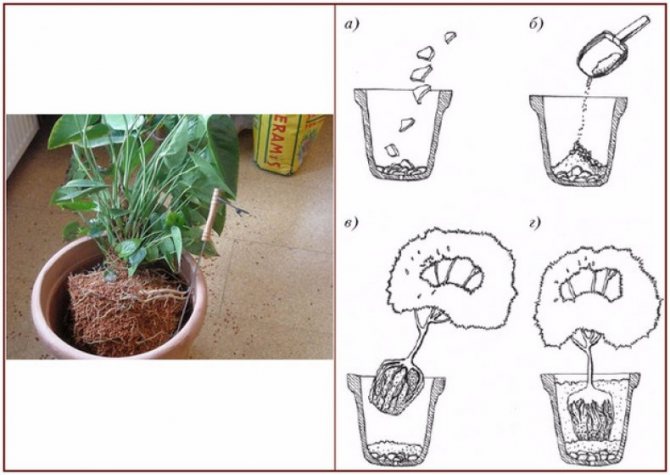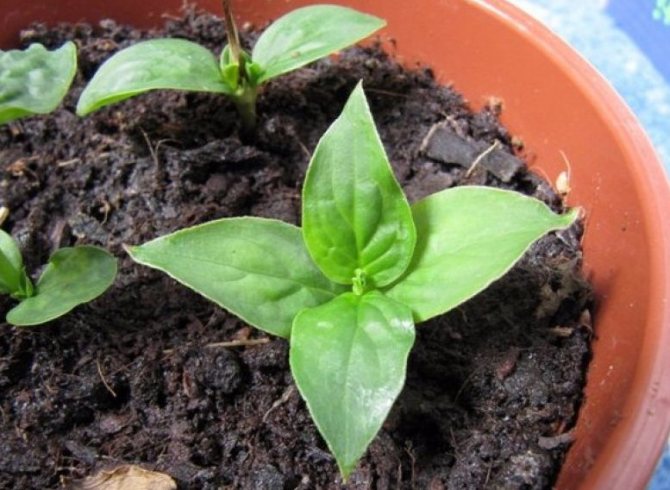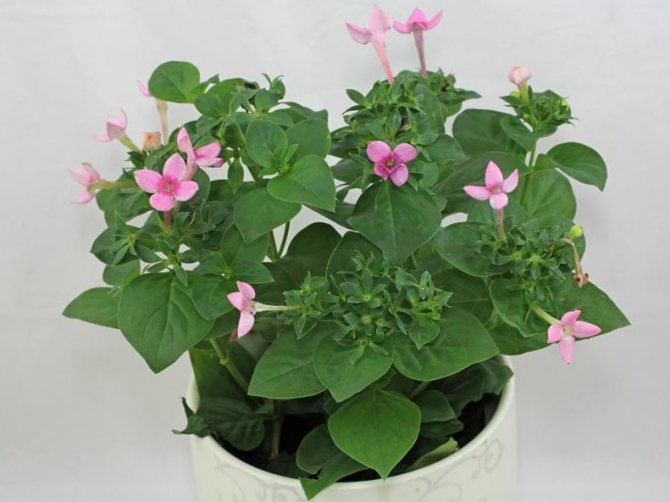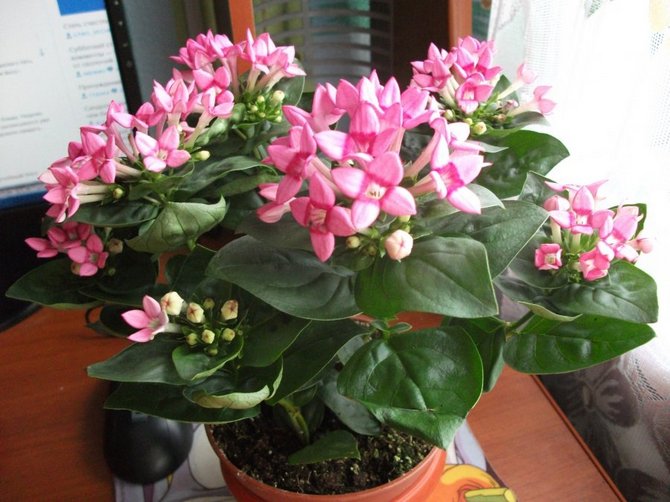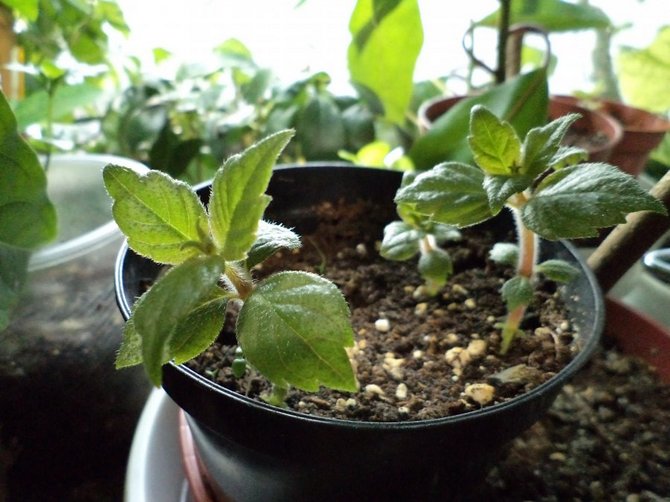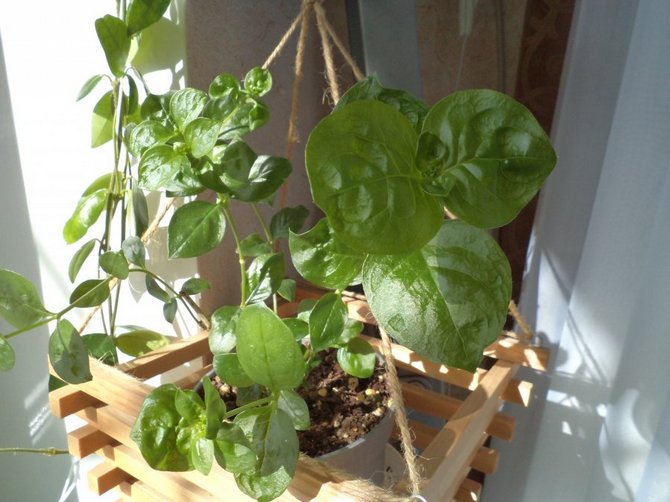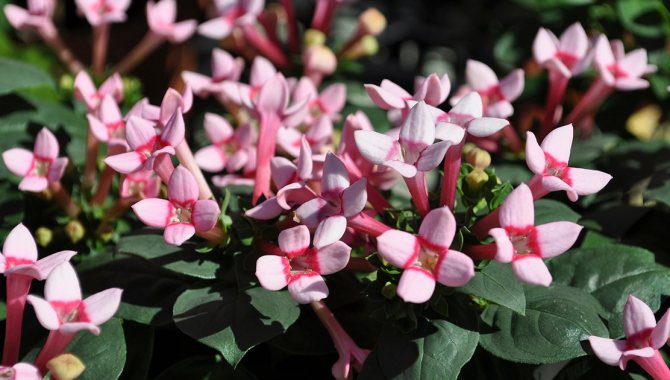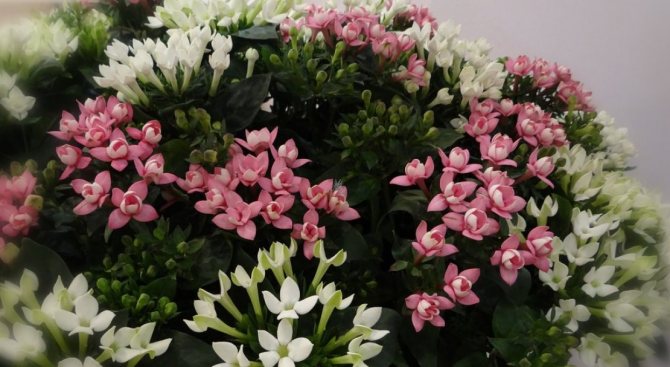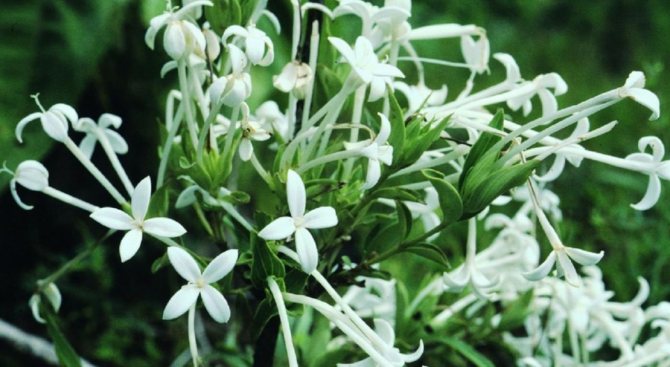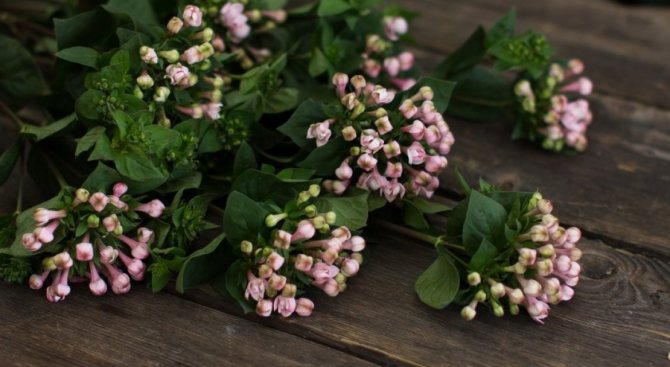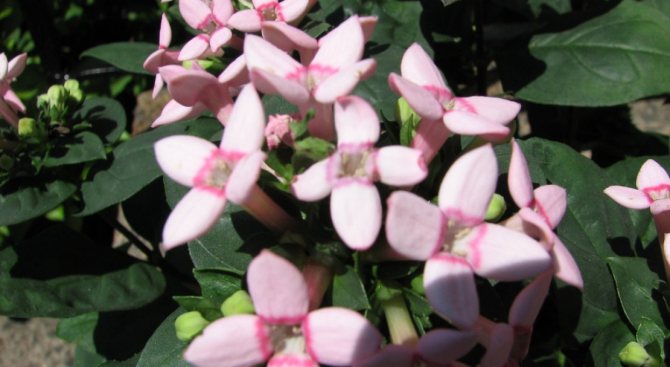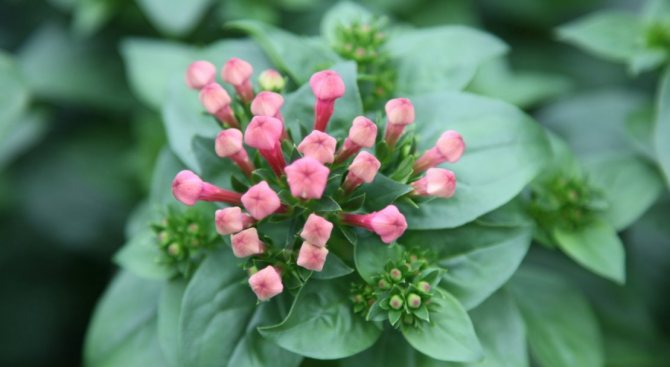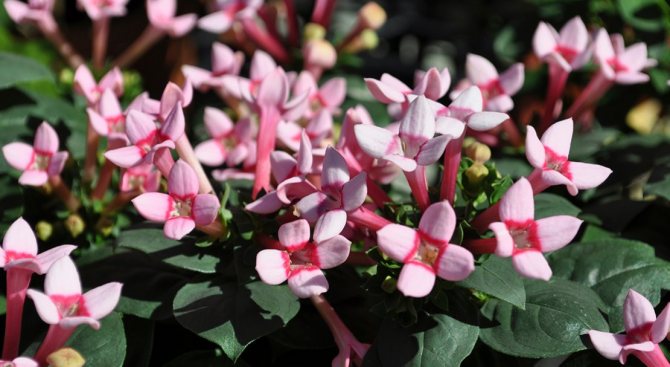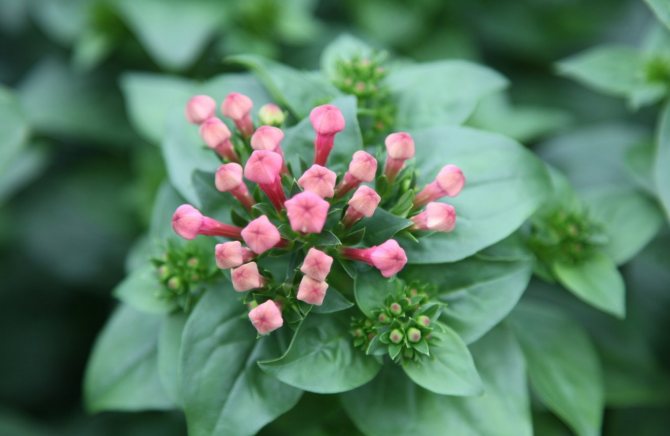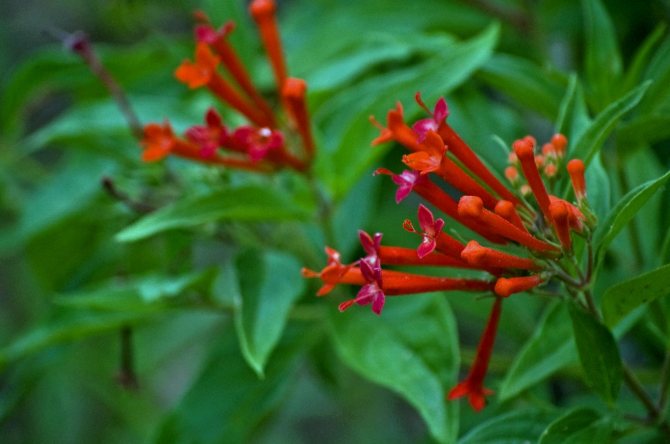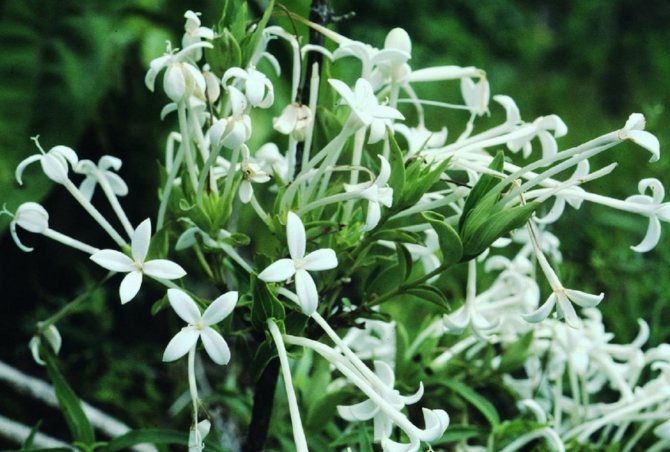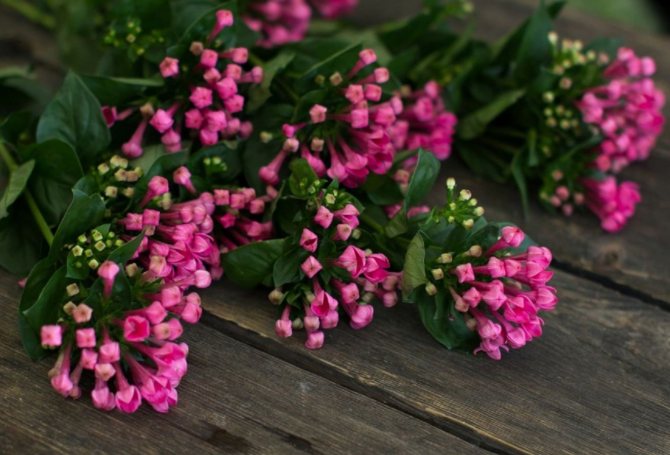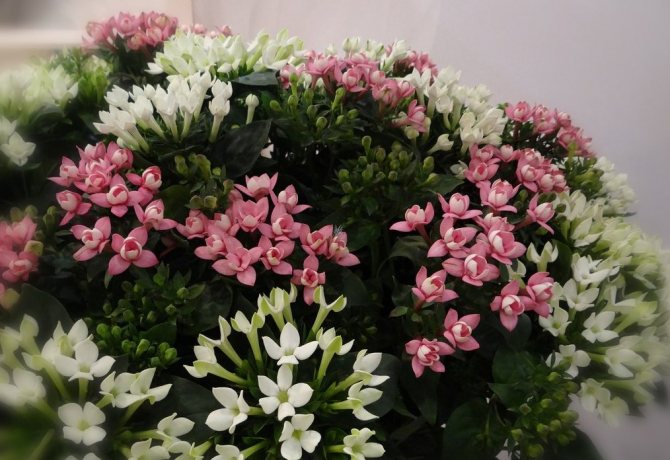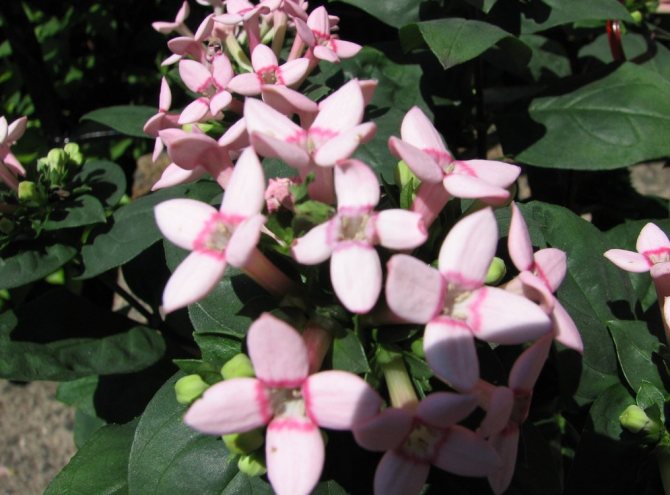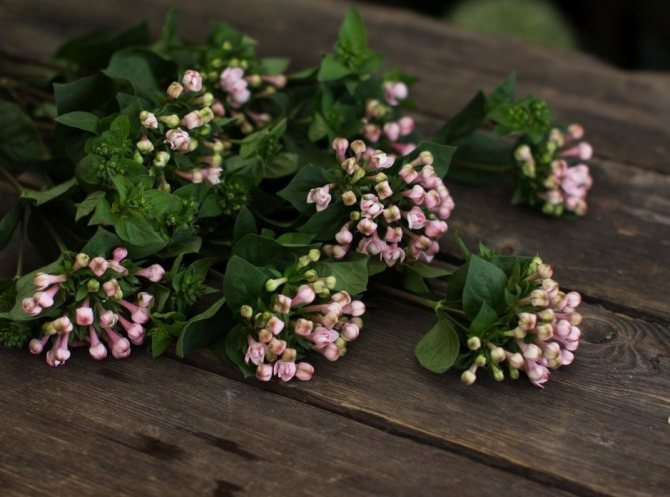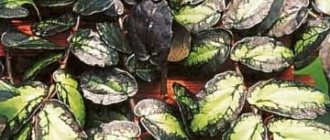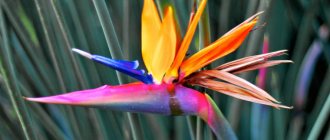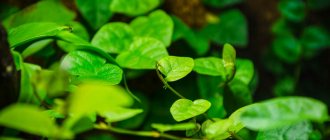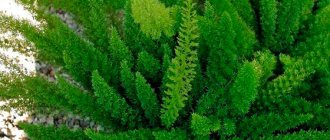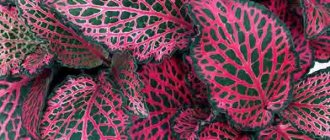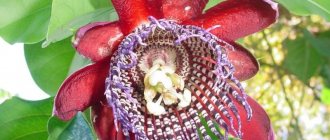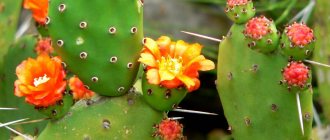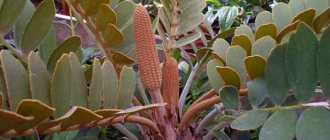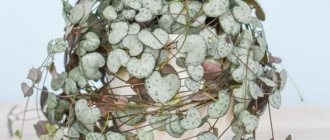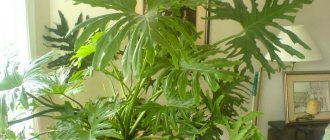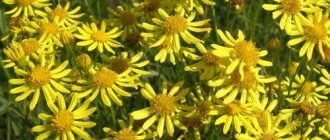Genus bouvardia is directly related to the madder family. It is represented by not very tall evergreen flowering herbaceous plants, as well as shrubs. In nature, they can be found in the subtropical and tropical regions of Central America and Mexico.
Plants of different types can have different heights from 50 to 150 centimeters. Erect weakly branched shoots have sparse internodes. They have short petiolate whorled or opposite leaves. Simple leaves reach 3-11 centimeters in length, from broad-lanceolate to lanceolate. They can also be ovoid with a pointed tip. The leaf blade is slightly leathery and smooth.
Long flowering. It lasts from the beginning of the summer to the end of the autumn period, it happens that it blooms in the winter. Multi-flowered large fragrant inflorescences are similar to a bouquet. They grow at the ends of annual stems and in some species their diameter is 15 centimeters. Tubular flowers have 4 lobes, which are bent back.
Description of bouvardia
The genus Bouvardia belongs to the Marenov family. It includes evergreen perennial shrubs, dwarf shrubs and grasses. The plant has a very graceful shape and compact size, an adult bush barely reaches 70 cm. The erect stem weakly branches, and internodes are located at a great distance from each other.
Rounded or ovoid leaves have a pointed edge and are attached to the stem on a long petiole. The color of the foliage is monochromatic, dark green. The length of the sheet can be 3-11 cm.
For its bright petals, the bouvardia flower received several interesting names: "fireworks bush", "hummingbird flower", "little trumpeter". The flowering period begins in August and lasts until December. The plant produces multiple inflorescences on a strong peduncle, about 15 cm in diameter. Flowers are colored red, white or orange. They are tubular and consist of four fused petals. The edges of the petals are strongly bent outward. The pistil and stamens only slightly protrude from the tube.
Main types
Several species are grown indoors.
Bouvardia yellow (Bouvardia flava)
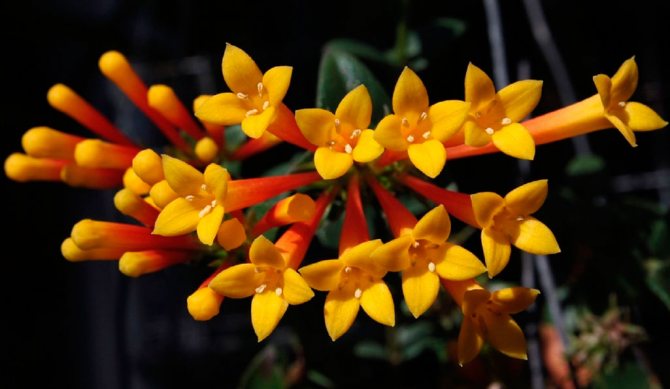
This species is tall and can reach a height of 1 meter. It has lanceolate leaves and yellow flowers.
Bouvardia longiflora (Bouvardia longiflora)
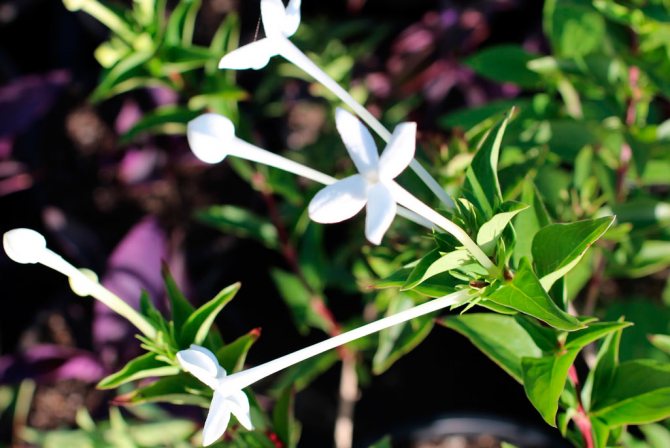

It is also a rather tall flower, but its leaves are ovoid-pointed, and the snow-white flowers are incredibly fragrant.
Bouvardia jasminiflora (Bouvardia jasminiflora)
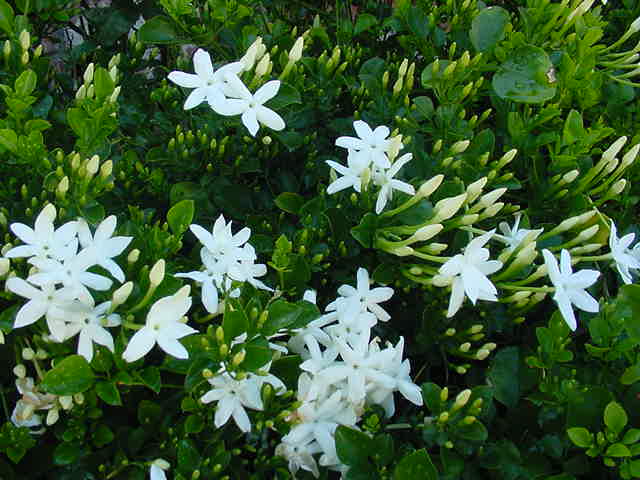

It is a dwarf plant that can grow up to 0.6 meters in height. He has snow-white fragrant flowers that resemble jasmine in appearance and smell. Blooms in winter.
Reproduction methods
The most convenient way for bouvardia is propagation by cuttings. It is enough to cut off the apical shoot with 2-3 internodes from an adult plant in spring and place it in water. After a few days, the first roots will appear and the shoot can be planted in the soil. The plant grows very quickly and acquires additional branches. After a month, it is completely independent and does not need special care. Flowering is possible already in the year of planting.
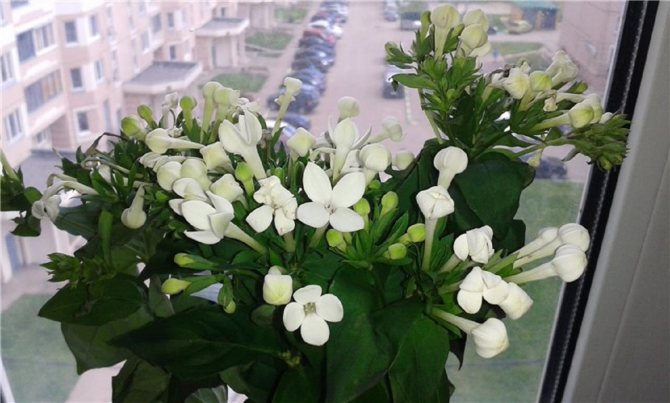

If you divide the rhizome of a large bush, the flowering process will be postponed until the second year. For planting young delenok, a mixture of sand and peat is used in equal proportions. During the rooting period, the shoots are covered with foil or glass to create a greenhouse effect.
Plant transplant
Lantana flower: home care and breeding methods
Although the plant is considered perennial, it is re-grown every 2-3 years on average. The transplant is done in the spring. The cuttings are rooted in fresh, clean soil and then cared for as usual.
For reference: an old plant can be planted somewhere on the street (it is not a fact that it will take root) or simply thrown away.
In winter, bouvardia can stretch out. It will need to be cut, and not sparing. Otherwise, in the spring, it may simply not bloom. Pinning is also beneficial.
Care rules
Caring for a bouvardia is very simple. The plant does not need constant monitoring, it is enough to immediately find a suitable place. Young seedlings and adult plants are planted in a soil mixture with the following components:
- 40% leafy soil;
- 40% light turf soil;
- 20% sand.
Since the root system is small and shallow, the pots are shallow and flat. The bottom is lined with a drainage layer and the drain holes are cleaned. Stagnant moisture can lead to root rot and destroy the bouvardia.
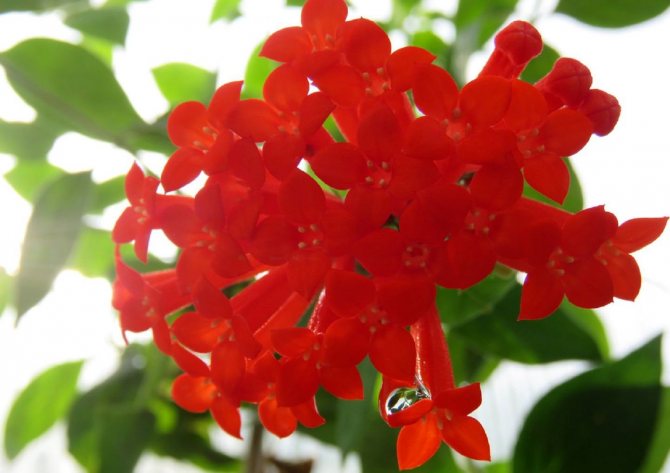

South and east windows are perfect for bouvardia, where they will receive a sufficient amount of light. Continuous and bright light promotes the formation of flower buds. In summer, you can take the pots out to the open balcony or garden. Drafts or nighttime cold snaps are not terrible for the bushes.
Bouvardia needs abundant watering, but excess liquid must freely leave the soil so that the rhizome does not start to rot. On hot days, you can spray the shoots with a spray bottle. Even in winter, when the dormant period comes, you should not completely abandon spraying. Dry air in the heated room will dry out and fall off the foliage.
During the growing season, the bouvardia does not interfere with feeding. It is difficult for a plant with intensive growth to obtain the necessary elements solely from the soil. The mineral complex for flowering plants is applied three times a month. After flowering is complete, bouvardia needs radical pruning. It is necessary to remove up to 70% of all growth, then new shoots will appear in its place, on which flowers will form. Without pruning, the plant stretches quickly and after 3-4 years will require rejuvenation.
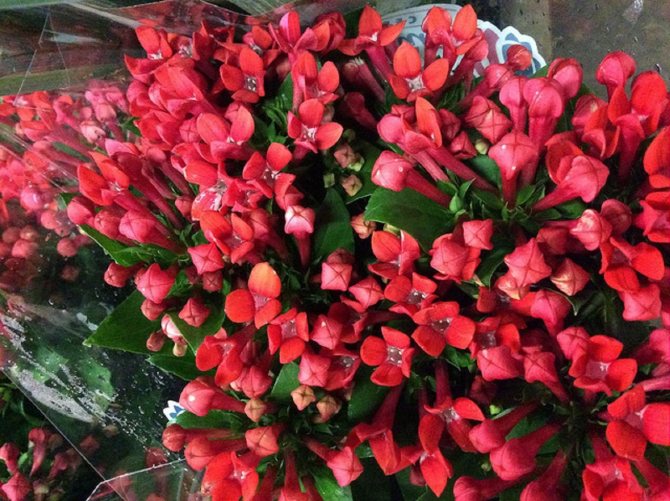

Bouvardia bridle at home
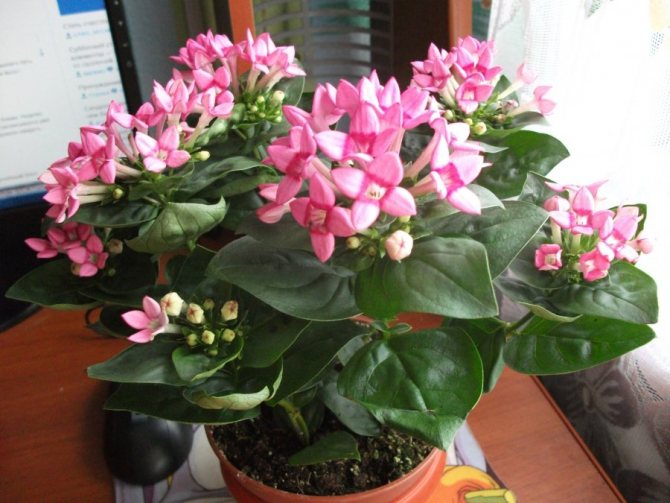

Over the years, the popularity of this plant decreases. However, it is not capricious and taking care of it is not so difficult.
Illumination
Needs good and diffused lighting. In order for the bouvardia to develop and grow normally, it needs lighting from 3000 to 3900 lux.
Temperature regime
In summer, moderate temperatures of 20 to 25 degrees are recommended. In winter, the plant needs rest, but only if it does not bloom in winter. During the dormant period, it is placed in a cool place of 10-12 degrees, it cannot be colder, as this may freeze the leaves.
How to water
During intensive growth, the plant is provided with regular moderate watering. It is recommended to water only after the top layer of the substrate dries out to a depth of 2 or 3 centimeters. Make sure that there is no stagnation of liquid in the soil, as this can provoke the appearance of rot on the shoots and the root system.
With the onset of winter, watering should be reduced, but at the same time, it is not necessary to allow the leaves and stems to be lethargic.
Water the plant with settled and soft water at room temperature, in which there is no chlorine.
Humidity
High humidity is not needed.However, for hygienic purposes, it is recommended to regularly arrange a warm shower for the plant, which will help remove accumulated dust and dirt from the foliage.
Pruning
In order for the bush to be more lush and bloom more abundantly, it is necessary to carry out a systematic pinching in the 1st year of life. And in autumn or spring, before the period of intensive growth begins, you need to cut off all the shoots by ½ part.
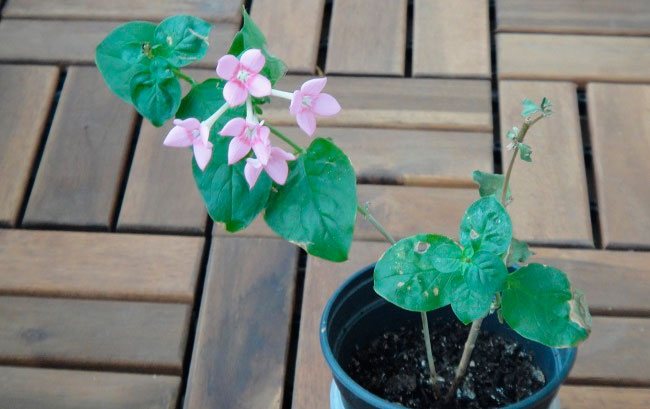

Earth mixture
Suitable soil should be nutrient-dense and have good water and air permeability. For planting, a commercially available universal soil for indoor plants is also suitable, but it is recommended to add a small amount of vermiculite or perlite to it. The soil mixture can be made by hand, for this you need to mix peat, sod and leafy soil, as well as sand in a ratio of 2: 4: 1: 1.
Fertilizer
Top dressing is carried out during the period of intensive growth 2 times a month. To do this, use a complex mineral fertilizer or universal fertilizer for indoor plants. In winter, it is forbidden to apply fertilizer to the soil.
Transplant features
The disadvantage of such a plant is that it has abundant flowering only in the 2nd year of life. Moreover, in all the following years it will not be so abundant, or the bouvardia will not bloom at all. In this regard, experienced flower growers advise replacing this plant once every 2 years with a young one. Transplant is carried out only for young bushes that are one year old. This procedure should be carried out in the spring, and the flower should be placed in a larger pot.
Reproduction methods
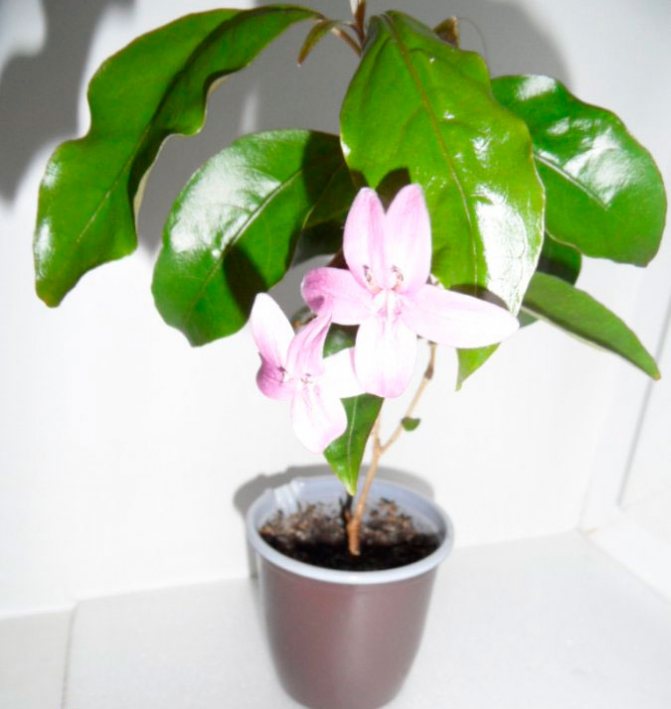

It is very easy and simple to propagate bouvardia using cuttings. Apical stems are used for grafting. A cut cut should have 2 or 3 internodes. Rooting is quick and easy, and even a simple glass filled with clean water can be used.
By dividing the overgrown bush, you will also propagate the bouvardia. But in this case, the plant will not be renewed and therefore the flowering problem will not be solved.
Diseases and pests
Most often, such a plant gets sick with root rot. Its appearance, as a rule, is facilitated by the stagnation of liquid in the substrate with too much watering. While you are planting the plant, it is necessary to make a sufficiently high and good drainage layer in the container for preventive purposes. They simply get rid of a bush affected by root rot, because it is impossible to cure it, while it is recommended to cut it in order to get young plants.
Also, quite often such a plant suffers from leaf chlorosis. The cause of this disease is inappropriate water used for irrigation. To fight this disease, as well as for preventive purposes, it is necessary to feed with iron chelates.
The flower is resistant to pests, but aphids can settle on it. To get rid of it, the foliage should be thoroughly rinsed by arranging a warm shower in the bouvardia.
Possible care difficulties
Bouvardia boasts a high resistance to diseases and parasites. Occasionally, in hot weather, it is attacked by aphids. To get rid of parasites, abundant washing of the vegetation under a warm shower and treatment with soapy water helps. In especially severe cases, it is worth resorting to the help of chemicals.
If the content of harmful substances in the water used for irrigation is exceeded, chlorosis of the leaves occurs. It is manifested by yellowing and the inability of the foliage to synthesize nutrients. Feeding with iron preparations and watering with purified, well-settled water helps.
If there is excess moisture in the soil and the roots are covered with rot, it is almost impossible to save the plant. In this case, cuttings from healthy shoots are cut, and the old rhizome is discarded.
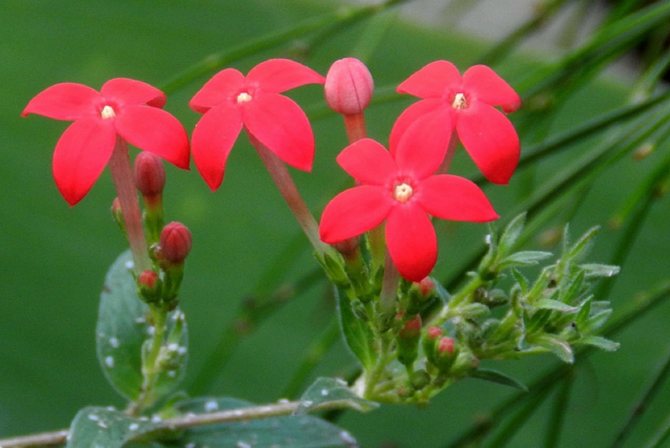

Diseases and pests
A common disease is root rot.Occurs when irrigation water stagnates in the lower part of the flower tank and is associated with insufficient drainage. In this case, the plant is simply cut into several young specimens; as a rule, it is not possible to save it.
Chlorosis of the leaves is also common, the reason is in the composition of the water with which the bouvardia is watered.
Among the mistakes of care is insufficient or, conversely, excessive lighting. With a lack of light, the plant unnaturally stretches and brightens. In an overly lit place, the leaves become covered with brown spots.
Pests rarely annoy the plant, sometimes aphids are seen on the pagons and at the bases of the petioles of the leaf plates. On the seamy side of the leaves, a cobweb is found - traces of the presence of a spider mite.
Watering and humidity
Bouvardia leaves retain moisture well, therefore, watering even during vegetation is shown to be moderate and economical. Usually, the dried top layer of the coma indicates that it is time to water the buvadia. Soft, chlorine-free water is perfect for this.
Bouvardia has no special preferences for air humidity. Dirt and dust from the leaves are washed off in the shower.
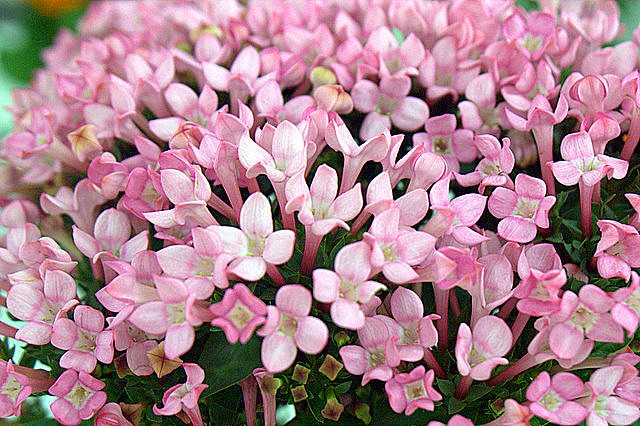

Bouvarlia is beauty, and nothing more!
Optimal conditions
Plants are undemanding to care for.
The main task is to maintain optimal indoor microclimate conditions:
- illumination - bright, diffused, in the range of 3,000–3,900 lux;
- temperature regime in summer - + 20 ... + 25 ° С;
- temperature regime in winter - + 10 ... + 12 ° С;
- air humidity - moderate - 40-60%;
- soil moisture - moderate - 40-50%.
Signs and superstitions about bouvardy
Seeing bouvardia inflorescences in a dream promises changes in personal life: single people will meet their fate, and couples will have a wedding celebration.
Plant names also carry a certain meaning. So, translated from the Victorian language, belladonna literally means "beautiful girl"; tea roses say: "I will never forget you"; our humble bouvardia symbolizes enthusiasm, positivity and love of life. Get inspired by the exquisite beauty of the plant and boldly grow a bouvardia at home, all efforts are rewarded with beautiful flowering.
Bouvardia: indoor plant propagation
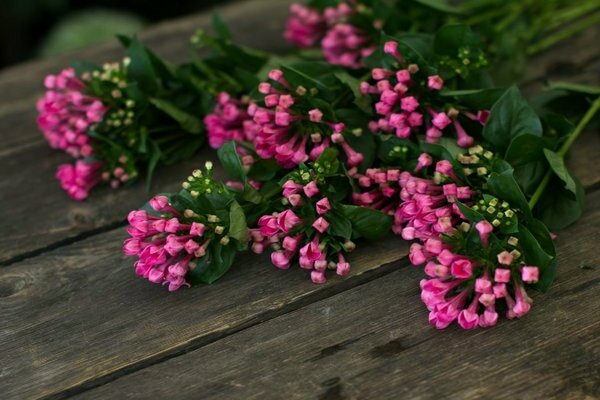

Houseplant Bouvardia: photo
The Bouvardius plant is usually cuttings. To prepare a cutting, you need to select the top of the stem and cut it off at such a level that about 3 leaves remain on it. It is enough to place the cut off parts in a jar or glass of water, after which the cutting will grow new roots after a short time.
If the bouvardia has grown too much, then reproduction can be performed by dividing the bush. However, this is impractical, since the age of the plant will remain the same, and it will bloom much worse or will not bloom at all.
Possible problems
Any pests very rarely damage the bouvardia. The only exception is aphids. If it is found, the plant must be immediately treated with a strong jet of water, if this does not help or the damage is too serious, it is treated with an insecticide.
By itself, bouvardia grows into a fairly large, but shapeless bush. Therefore, it is recommended to carry out formative pruning every spring, cutting all stems by about half. In addition, you should regularly pinch the tops of the growth of the stems.
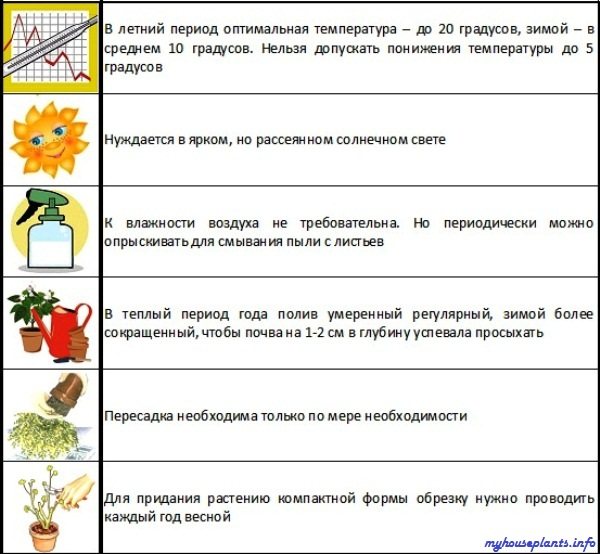

Transplant and renewal of the bush
Like most plants, it is advisable to replant bouvardia in the spring. The most abundant and colorful flowering is observed in the second year of growth, then it becomes scarce. Experienced growers recommend growing bouvardia as a biennial, then the plant needs updating (it is necessary to grow a new bush from a cuttings or a piece of rhizome).
So, bouvardia bloomed for one season, then the root system grows and it becomes cramped in a pot.Next spring, take a container of a slightly larger diameter, lay a drainage layer on the bottom, add a little soil and transfer the bouvardia together with an earthen lump, fill the voids with a substrate. Squeeze the soil around the root with your palms and water the bush.
The soil requires nutritious, water and air permeable. The easiest way is to take a universal substrate for flowering crops. If desired, prepare the soil mixture yourself on the basis of 4 parts of sod land, add 2 parts of peat soil, as well as 1 part of leafy soil and coarse sand.
The birthplace of the flower
The homeland of Bouvardia is the hot subtropical regions of Central America. Bouvardia came to European countries from about the 17th century. It was in Europe that experienced breeders bred new varieties and hybrids of this flower and, one might say, turned it into a beautiful home flower.
For example, in Holland in the 20th century, complex plant hybrids were bred, which were successfully used for festive bouquets and especially wedding compositions of the bride. More than 10 varieties of plants are used for floristry all year round.
Cutting a flower is done either in the form of buds or with 2-3 loose flowers. For weddings, the most popular are the cuts of the white bouvardia look.
Pink bouvardia in the form of buds in a bouquet is able to emphasize the beauty of the moment and the femininity of the bride. Bouvardia bouquets can stand in water with special feeding for more than 2 weeks.
Using
Bouvardia flowers are so attractive that they can decorate any area in the garden or room. Compact shrubs work well in small pots or hanging planters. During the flowering period, they are completely covered with delicate buds.
Bouvardia is often used to decorate a garden, balcony or terrace. To do this, pots with plants are taken out into the street. They thrive in the fresh air until early fall.
Such attractive flowers of long-flowered bouvardia can be used to compose bouquet arrangements. Florists use bouvardia for women's and bridal bouquets. The buds, even when closed, are very attractive and are collected in a large, dense inflorescence. The branch is cut when only 2-3 flowers are revealed in order to prolong the life of the bouquet. With regular water changes, flowers stay fresh for 1-3 weeks. It must be remembered that the buds do not react well to alcohol vapors and tobacco smoke.
Care errors and their elimination
The table contains the problems of growing Bouvardia and their solution:
| Problem | The reasons | Decision |
| Pulling stems, shrinking leaves | Lack of lighting | Place the flowerpot in a bright place, but not in direct sunlight |
| Drying out the tips of the leaves | Insufficient watering | Water the flower sparingly but regularly |
| Brown spots on the leaves | Prolonged exposure to direct sunlight | Provide bouvardia with bright but diffused light |
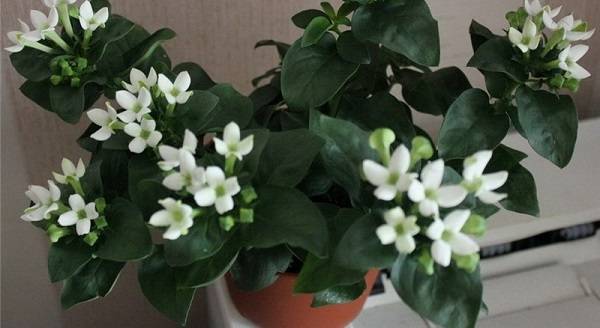

1. Seven Secrets of Success:
| 1. Growing temperature: summer - 18 - 24 ° С, winter - it is advisable to provide a cool dormant period at a temperature of 10 - 13 ° С.Do not expose the plant to temperatures below 7 ° С. |
| 2. Lighting: brightly lit location, plants should sunbathe in the morning and evening. |
| 3. Watering and humidity: Regular and abundant watering in the spring and summer should be followed by limited and sparse watering during the winter months. The flower requires a fairly high humidity. |
| 4. Pruning: Requires both sanitary and formative pruning. Pinch the top buds of young shoots regularly. |
| 5. Priming: nutritious substrate, easily permeable to moisture and air. |
| 6. Top dressing: every 2 weeks with liquid mineral fertilizers in half the concentration in the warm season. In autumn, fertilizing is reduced and in winter the plants are immersed in a dormant period, refusing to fertilize the flower. |
| 7. Reproduction: stem cuttings, division of plants during spring transplantation. |
Botanical name: Bouvardia.
Family... Madder.
Bouvardia flower - origin... A tropical plant that grows in Mexico and South America.
Description. The bouvardia plant is named after Charles Bouvard, personal physician to Louis XIII and caretaker of the royal gardens in Paris. The genus includes about 30 species of evergreen flowering shrubs with rather thin and brittle stems. The leaves are lanceolate, green, about 5 cm long. From summer to mid-winter, the plant forms surprisingly fragrant inflorescences with the scent of jasmine from white or pink star-shaped tubular flowers. The plant blooms early and is an excellent bushy shrub for greenhouses and rooms. But even with the most careful care, it will last no more than two years, since old plants no longer bloom so readily and abundantly.
Bouvardia room - height... Up to 90 cm.

